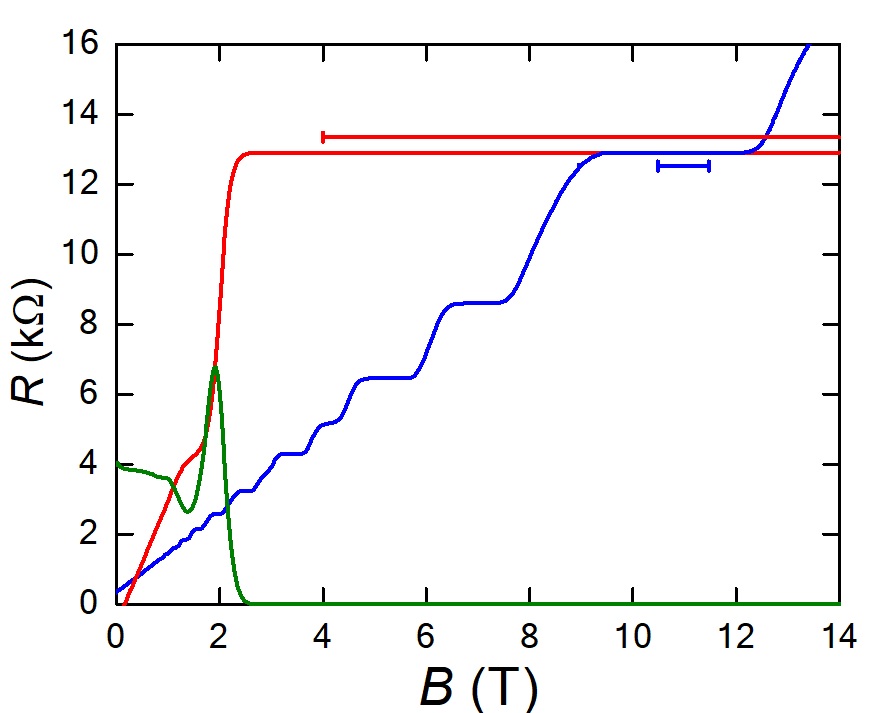2D materials
The Nobel Prize in Physics awarded to Geim and Novoselov in 2010 came to reward their work on graphene. If today the industrial revolution announced for graphene is delayed, it is clear that this first 2D materials is at the origin of a scientific revolution in which we discover new properties on materials which we thought to know everything. The list of 2D materials grows from year to year: graphene, boron nitride, transition metal dichalcogenides, black phosphorus, to which are added new crystalline forms of known materials: silicene, two-dimensional AlN, etc ... The However, the main weakness of these 2D materials remains their manufacture, most often using exfoliation, an artisanal method that certainly makes it easy to combine various 2D materials of excellent quality, but only on surfaces of less than 1 mm2. It is precisely in the field of 2D materials manufacturing on large surfaces that CRHEA has focused.

Based on its expertise in the field of SiC and high temperature growth reactors, in 2010 CRHEA developed a new method for graphene growth by CVD on SiC. This method differs from the sublimation of SiC on the one hand by the use of an external source of carbon (propane), and on the other hand by the presence of hydrogen which strongly modifies the growth. This method makes it possible to control the properties of graphene (doping, number of layers), but also to epitax graphene on materials other than SiC, in particular AlN. On SiC, it is possible to obtain a graphene of high quality, usable for the metrology of the ohm resting on the quantum Hall effect. In particular, a collaboration with the LNE (Graphmet project) has set new records in this area.

Work on graphene has recently been extended towards the integration of graphene and nitrides, focusing both on the growth of graphene on AlN and the growth of nitrides on graphene, particularly in the framework of the GraNitE project (FLAG -ERA) and collaborations with the CEA. CRHEA is also developing a new reactor dedicated to the growth of nitrides at high temperature, and more particularly of boron nitride (BN) in its hexagonal phase, allowing the direct growth of graphene / BN heterostructures to be considered.
Collaborations
L2C (Montpellier), LNE (Trappes), CEMES (Toulouse), C2N (Palaiseau), CEA (Grenoble), IM2NP, CINaM (Marseille), CNR (Italie), Sherbrooke University (Canada).
Selected publications:
A. Michon et al., "Direct growth of few-layer graphene on 6H-SiC
and 3C-SiC/Si via propane chemical vapor deposition",
Applied Physics Letters 97, 171909 (2010).
R. Ribeiro-Palau et al., "Quantum Hall resistance standard in graphene
devices under relaxed experimental conditions",
Nature Nanotechnology 10, 965 (2015).
R. Dagher et al., "A comparative study of graphene growth on SiC
by hydrogen-CVD or Si sublimation through thermodynamic simulations",
Cryst. Eng. Comm. 20, 3702 (2018).


